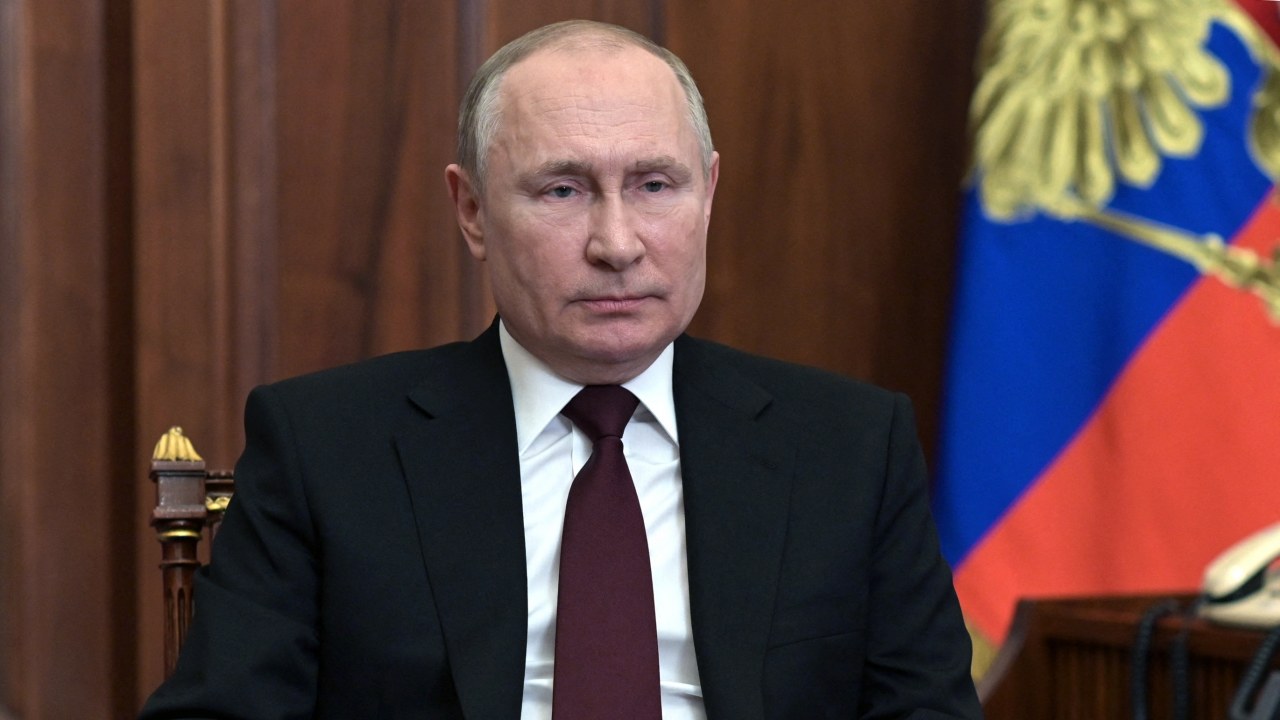
According to WMO, AI offers precise forecasts for extreme weather occurrences.
The World Meteorological Organization (WMO) recently organized a paper that emphasizes how machine learning (ML) and artificial intelligence (AI) have the ability to completely transform weather forecasting. Extreme weather occurrences can be predicted more accurately by AI and ML than by the conventional numerical weather forecast system.
According to the WMO study “United in Science: Reboot Climate Action,” AI/ML models are starting to predict meteorological variables and dangerous occurrences, such tropical cyclones, better than physics-based models. These models are notable for their ability to predict the El Niño Southern Oscillation (ENSO) up to three years ahead of time.
These discoveries are timely since, according to scientific forecasts, warming tendencies will intensify over the next five years, potentially disrupting worldwide weather patterns, including those in India. According to the paper, global temperatures might increase by up to 3°C beyond pre-industrial levels if current trends continue. The only circumstances under which limiting global warming to 2°C is possible are the most optimistic ones, in which all net-zero commitments are fulfilled.
A kind of artificial intelligence called “machine learning” makes predictions based on large datasets by processing data using algorithms. Experts think that filling in the recent gaps in weather forecasting will require refining the interpretation of the observational data that is already available.
Also read: Alexa on Amazon is successfully controlled by a man with a brain implant.

But there are still difficulties. It is necessary to handle issues like model resolution, data availability, and ethical considerations like openness and equitable access. The WMO highlights that, in comparison to conventional techniques, AI/ML models trained on observational datasets can expedite and reduce the cost of weather forecasting.
“Mission Mausam,” a project to improve forecast accuracy using AI and ML, was recently approved by the Union Cabinet. The Ministry of Earth Sciences’ Secretary, M. Ravichandran, stated that human intellect will still be required for the final interpretation of weather data. The goal of the project is to make nowcast warnings more frequent—every hour instead of every six—and to enhance localized alerts.
The ministry intends to enhance weather monitoring capacity by installing 100 radars and other equipment around India as part of this project. Forecasters are advised not to depend only on raw model results since they may contain systematic biases, according to M. Rajeevan, a former Secretary of the Ministry of Earth Sciences. Better predicting choices could result from improved interpretation of these results through the use of AI and ML techniques.
These developments could lead to more accurate and responsive weather forecasting in the future, improving readiness for extreme weather events.
“Forecasters should not take model raw output for any decision process. The model may have systematic biases and errors. Use of AI ML methods could be used to interpret the model output more efficiently. By simply looking at model output we may mistake mistakes,” said M Rajeevan, former secretary, ministry of earth sciences.







































































































































































































































































































































































































































